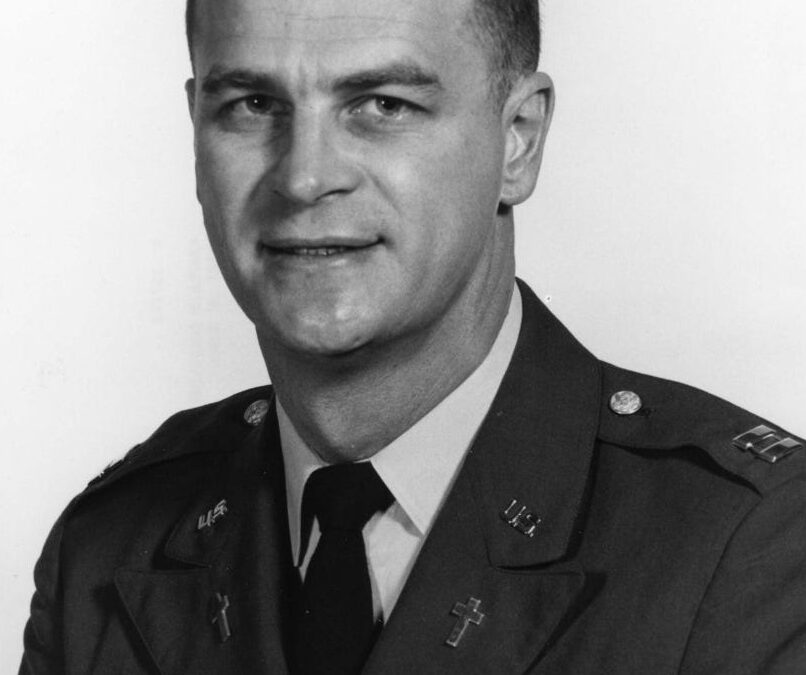Frequently Asked Questions about Vietnam War Veterans There are several misconceptions and assumptions about Vietnam War veterans. This collection of frequently asked questions may help to straighten out any confusion. How Many Vietnam War Veterans are Still Alive? A: In 2020, there are fewer than 850,000 veterans who served in Vietnam still alive. This is down from the 2.7 million service members who were on active duty in Vietnam. How Old are Vietnam War Veterans? A: In 2015, the US Department of Veterans Affairs estimated that the average age of living Vietnam War veterans was 68 years old. This statistic has obviously shifted over time. The youngest Vietnam War veterans were born in 1950. Who Qualifies for Vietnam Veteran Status? A: There are differences in definition between the Department of Defense (and other government departments) and what is generally recognized by the public and veteran communities. For instance, the government makes no distinction between a ‘Vietnam vet’...











